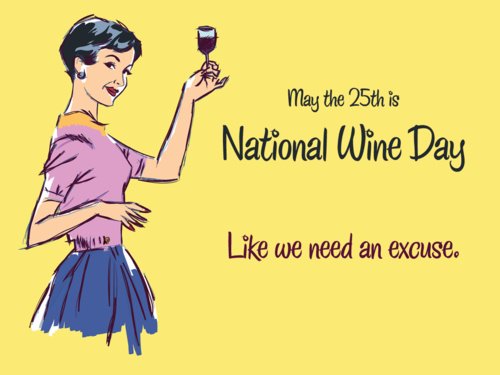For those of us lucky enough to live in South Florida, it
is never too early to plan a day at the beach. Since moving to Miami several
years ago, my wife and I always try to spend New Year’s Day sunning ourselves
on the sand at South Beach. But those poor, cold residents of chillier climes
can still warm themselves by planning and imagining a romantic expedition to
the beach, later in the year.
The big question of course is ‘what’s the best wine to
bring to the beach?’
The Wine-Awesome website, The BackLabel https://www.thebacklabel.com/
offers the following excellent suggestions.
Sauvignon Blanc
A solid “SB” is the perfect beach companion. The typical bottle
will come with generous servings of flavors like grapefruit, pineapple and
lemongrass… easy and designed to delight. Consider its crispness and slight
crunchiness your reward for being so good at sunbathing. The best SBs come from
the upper Loire Valley in France or from Marlborough in New Zealand’s South
Island.
Gruner-Veltliner
Affectionately called “Gru-vee,” this grape produces some
of the most absurdly refreshing and pert vino in the Milky Way Galaxy. It’s
super acidic, tart (and almost minty) qualities are complemented perfectly by a
big hit of fresh peach. Gru-vee is a great way to hold off the heat and keep
your mouth from melting, unless you’re into that. The best Gru-vees come from
Austria and the Danube Valley.
Vinho Verde
Vinho Verde is one of Portugal’s best known contributions
to the wine world, and it’s one of the freshest, lightest and most delightful
summer wines there is. In Portuguese, “vinho verde” literally means “green
wine.” Not as in the color green, more as in ripe. Plus, most vinho verde has a
lower alcohol content than your average white, making all day drinking that
much more manageable.
Rosé:
It’s pink, it’s popular, it’s summery and it feels just
as home on the beach as it does in the vineyard. A good take on rosé combines
the freshness and drinkability of a white with some of the body and flavoring
of a red… allowing you to quench your thirst without skimping on flavor. Plus,
like we said, it’s pink. Don’t spread out on a towel without it. Just make sure
that your Rosé comes from Provence on France’s Mediterranean coast. Rosé from
elsewhere is usually too sweet.
Cava:
Going to the beach is a celebration of summer, of sun and
of doing absolutely nothing for days on end. Celebrations call for bubbly! So
next time you trek down to the water’s edge, bring some of “Spain’s Champagne”
AKA Cava. It’s an effervescent, crisp explosion of bubbles that will complement
the crashing waves perfectly. Make sure it’s good and dry for ultimate
satisfaction.
Albariño:
The sloth and sleepiness of the sun is no match for this
insanely bright, tart and acidic vino from Spain. Green apples and melons and
lemons and a definite hint of ocean air will keep you cool, wakeful and feeling
refreshed. It not only tastes like the ocean, it’s about as refreshing as that
first chilly dip of the day. The best Albariño comes from just north of the Portuguese
border in Galicia and in fact the best Vinho Verde wine is made with Albariño
grapes.
